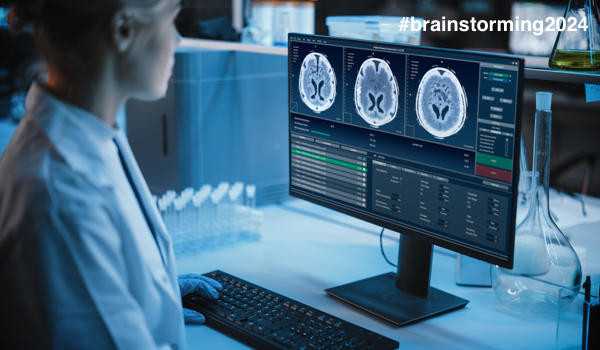


ATHENS - Medical imaging is among the most remarkable of advances in modern medicine because it allows visualization of anatomical structures, organs, and biological processes beyond the perception of the unaided eye, opening the door for further scientific exploration and medical diagnosis and treatment.
The sector faces both obstacles and opportunities taking into account the rapid growth of medical imaging data, rising demand for precision and efficiency, and a global shortage of radiologists.
COVID-19, burnout in the medical field leading to retirements or career changes, and a growing need for imaging examinations among an aging population are all converging to place severe strain on healthcare professionals already in high demand in hospitals, stand-alone imaging centers, and outpatient care facilities.
To address these problems, healthcare organizations are re-evaluating their radiology teams' efficiency and effectiveness, while also seeking solutions to bridge staffing gaps. Advances in technology, including artificial intelligence (AI) and time-saving measures with medical imaging equipment and improved workflow strategies, are easing some of these pressures.1
AI in particular - with its rapid data analysis and pattern recognition - has emerged as a game-changer, promising to augment healthcare professionals' abilities and revolutionize diagnostic workflows.
This exclusive interview with co-founder, President, and Chief Product Officer Zoi Giavri of Advantis Medical Imaging - a leading developer of medical software with United States Food and Drug Administration (FDA) clearance and European Conformity (CE) marking - explores the dynamic intersection of medical imaging and AI.
The company distributes its leading brain and prostate magnetic resonance imaging (MRI) analysis software - the Advantis Platform - for commercial use. Advantis initially introdu
The content herein is subject to copyright by The Yuan. All rights reserved. The content of the services is owned or licensed to The Yuan. Such content from The Yuan may be shared and reprinted but must clearly identify The Yuan as its original source. Content from a third-party copyright holder identified in the copyright notice contained in such third party’s content appearing in The Yuan must likewise be clearly labeled as such. Continue with Linkedin
Continue with Linkedin
 Continue with Google
Continue with Google











 1426 views
1426 views






